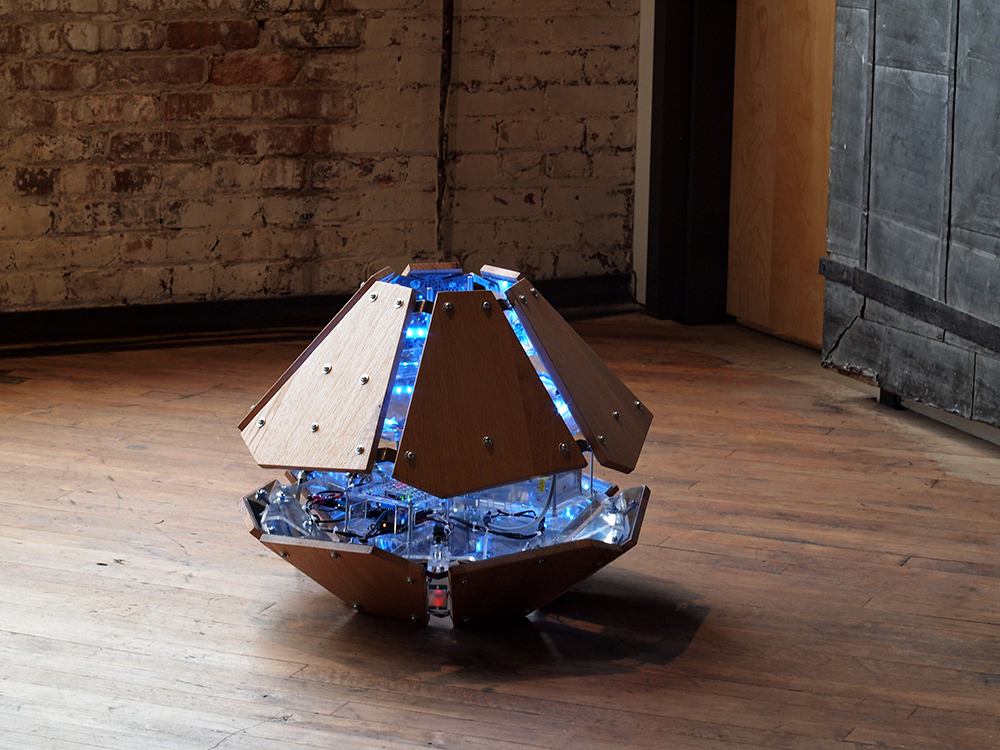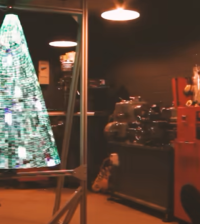- makeITcircular 2024 content launched – Part of Maker Faire Rome 2024Posted 2 weeks ago
- Application For Maker Faire Rome 2024: Deadline June 20thPosted 2 months ago
- Building a 3D Digital Clock with ArduinoPosted 7 months ago
- Creating a controller for Minecraft with realistic body movements using ArduinoPosted 7 months ago
- Snowflake with ArduinoPosted 8 months ago
- Holographic Christmas TreePosted 8 months ago
- Segstick: Build Your Own Self-Balancing Vehicle in Just 2 Days with ArduinoPosted 8 months ago
- ZSWatch: An Open-Source Smartwatch Project Based on the Zephyr Operating SystemPosted 9 months ago
- What is IoT and which devices to usePosted 9 months ago
- Maker Faire Rome Unveils Thrilling “Padel Smash Future” Pavilion for Sports EnthusiastsPosted 10 months ago
DIY an Interactive Kinetic Light Sculpture

The Shy Machine is a motion activated, sound reactive, environmentally adaptive and arduino-powered kinetic light sculpture. When it detects motion via a PIR sensor, the shell-like robot takes a reading of the ambient sound level using an internal microphone. If things are sufficiently quiet, it opens up using a stepper motor and lead screw, revealing a rainbow of colors provided by an array of RGB LEDs inside.
As its name would suggest, this robot is shy. It opens and closes depending on the noise levels in the environment. When the room is too noisy, the two halves close in on themselves and it displays a quick nervous pulsing of multi-colored light. As the room quiets down, the machine opens midway and displays a calmer pulse of green-blue-purple light. When the room as at its quietest, The Shy Machine opens up entirely and displays a slow pulse of undulating rainbow colors.
This piece requires interactions to run. A passive infrared sensor is triggered when motion (more accurately body heat) present in the room. At that moment, the machine takes a quick burst of noise sampling from a microphone amplifier sensor. It measures this sample against a baseline and decides what actions to do next. Depending on the situation, it’ll open or close by running a special type of motor to a predetermined distance. However, without interaction it sits silent, dark, motionless and in the exact position in which it was last left.
This creation is so attractive, in my opinion! You can watch the making process in the video below or refer to the maker’s website for more information.















